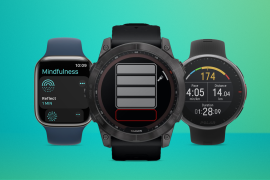Xiaomi 14T Pro review: an affordable ace with lots of pace
Almost the full-fat phone experience, only without the flagship price
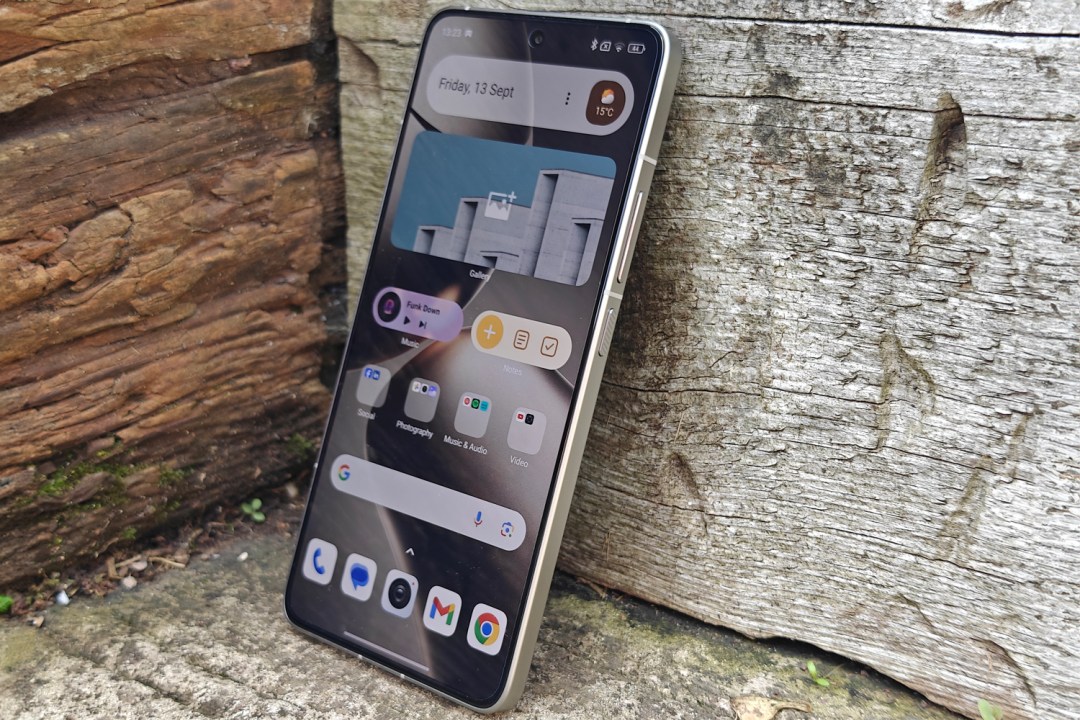
Stuff Verdict
This powerful sub-flagship takes excellent photos for the money. The Xiaomi 14T Pro lacks the wow factor of some rivals, but doesn’t skimp on storage and has a long-lasting battery.
Pros
- Capable main and zoom cameras with likeable Leica colours
- Premium build and high-end OLED display
- Great battery life and speedy charging
Cons
- Design a little generic
- low-light imaging not quite as impressive
Introduction
Big-name smartphone brands love the two-tier approach: take your recent flagship, dilute the experience down a bit, and hit a more appealing price point. Xiaomi does things slightly differently to its western rivals, having multiple China-only sub-brands to call upon for a bit of cheeky rebranding, but the results are the same. The Xiaomi 14T Pro is the latest effort, which brings back Leica for some help on the photography front and doesn’t skimp on performance.
It has more in common with the outgoing Xiaomi 13T Pro than the Xiaomi 14 launched earlier in 2024, but that’s no bad thing as I was a fan of that phone’s capable cameras and near-flagship power. Factor in some of the fastest charging – both wired and wireless – you’ll find for the money, a liberal splash of AI, and a frankly ridiculous amount of onboard storage, and this should be another successful outing. At £649 for the 12GB+256GB entry model, it also comfortably undercuts Samsung and Google’s recent mainstream models. But are annual improvements enough to stand out, now that rivals are going big on distinctive design?
How we test smartphones
Every phone reviewed on Stuff is used as our main device throughout the testing process. We use industry standard benchmarks and tests, as well as our own years of experience, to judge general performance, battery life, display, sound and camera image quality. Manufacturers have no visibility on reviews before they appear online, and we never accept payment to feature products.
Find out more about how we test and rate products.
Design & build: subtle similarities
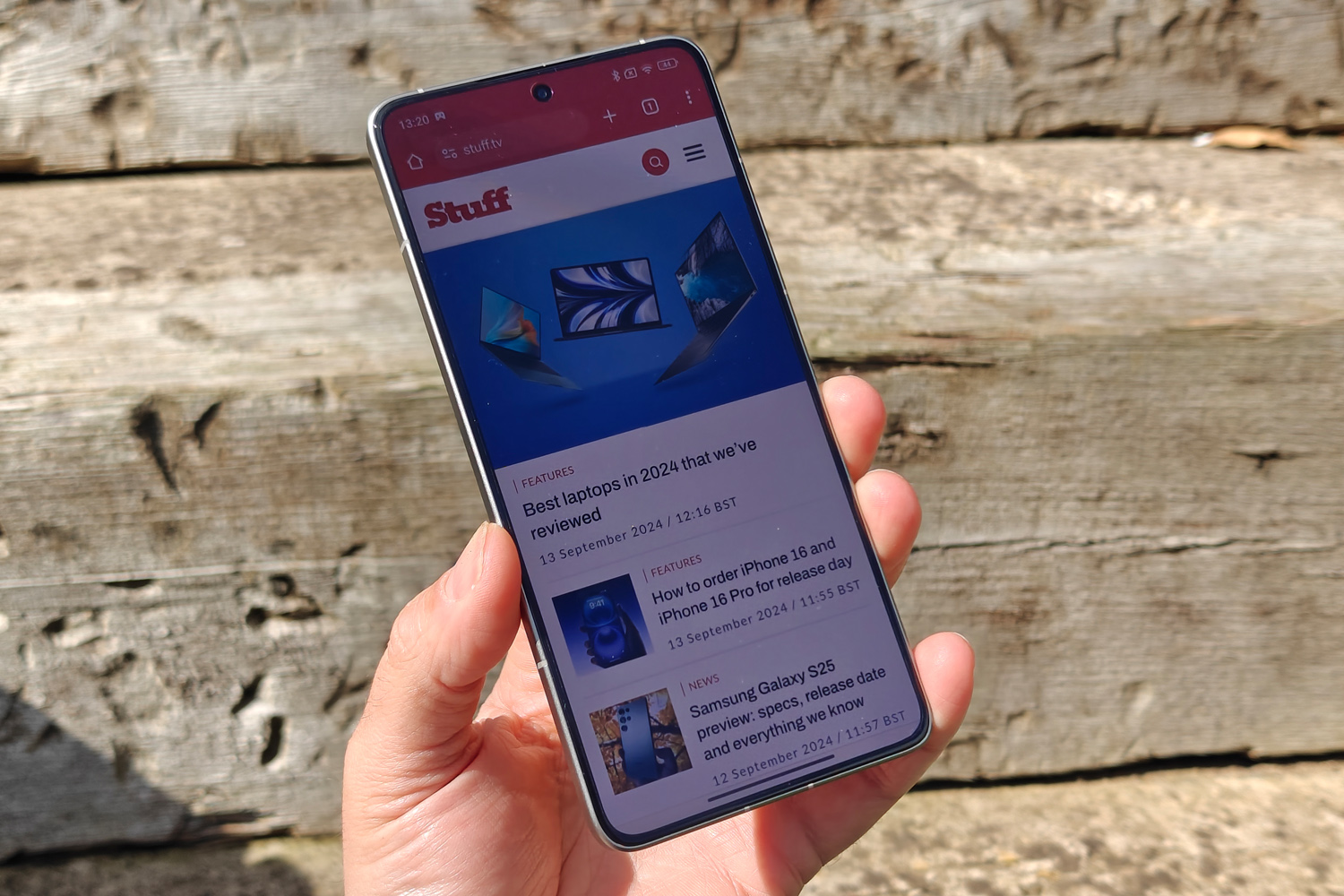
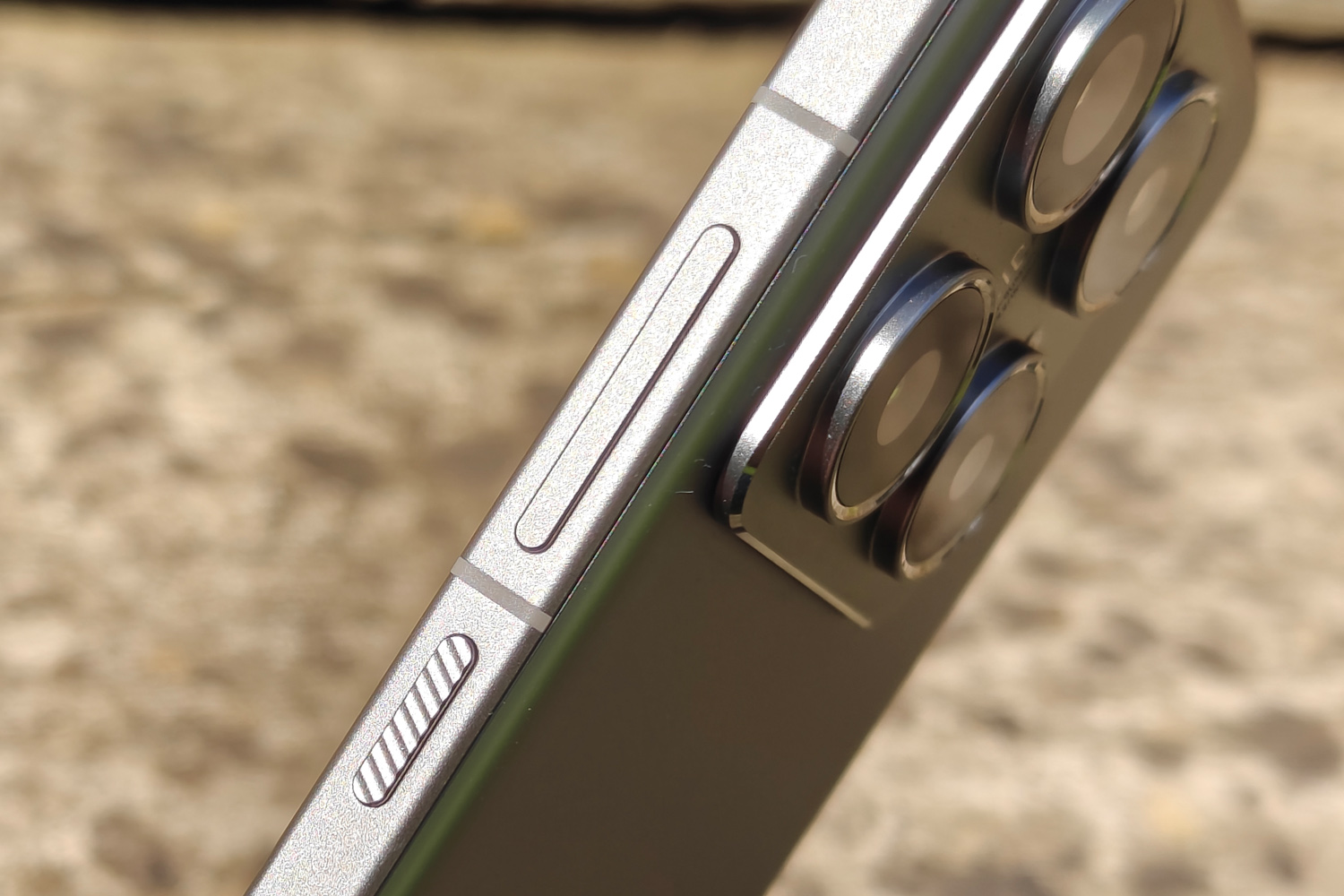
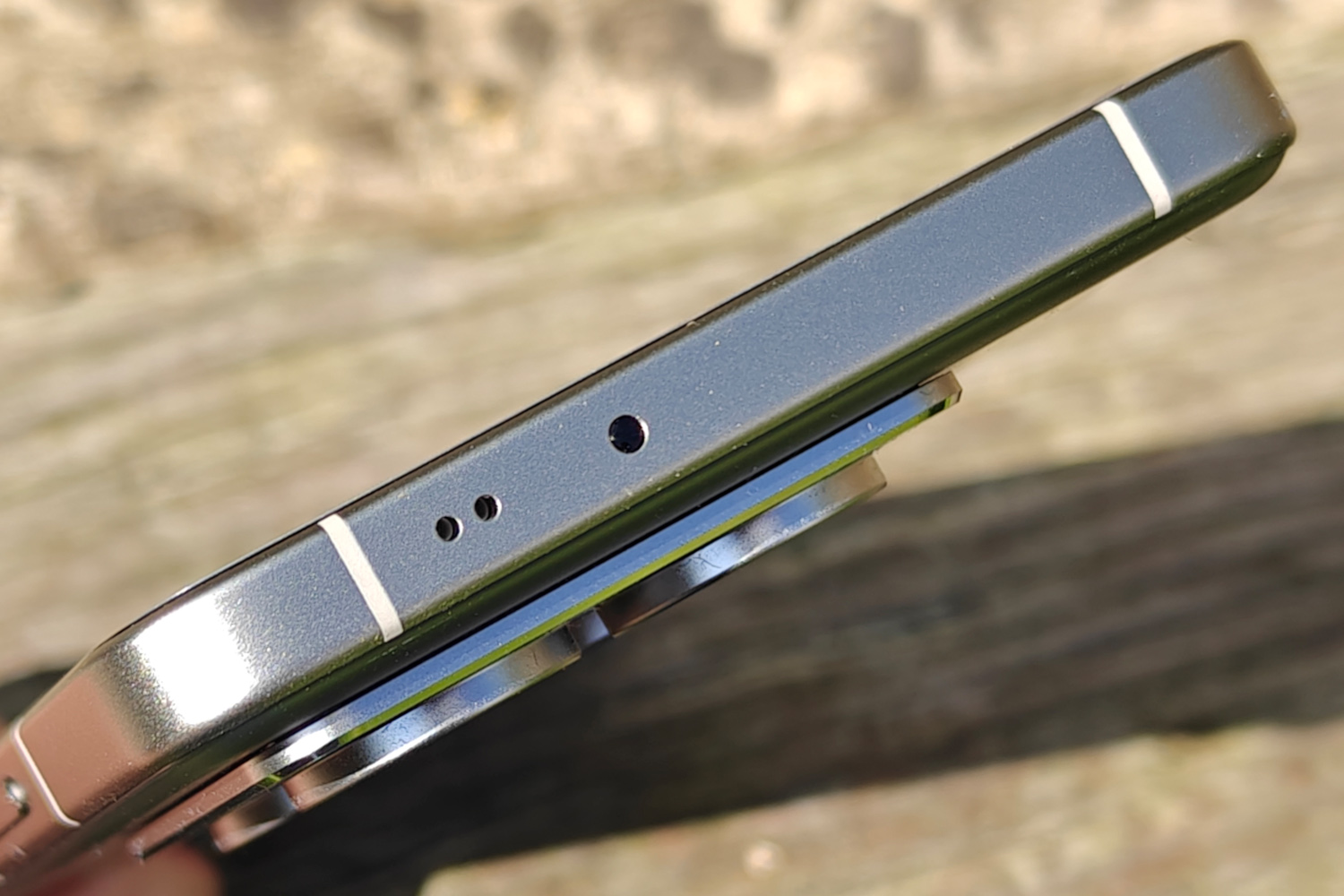
The phone world has gone mad for flat screens and squared-off frames, so it’s no big shock to see the Xiaomi 14T Pro follow suit. It’s got a lot in common with the Xiaomi 14 flagship, without being a total retread: the metal frame has a matte finish rather than a polished one, and the rear glass gets a frosted texture that’s great at hiding fingerprint smudges. The textured power button is a neat addition; it’s much easier to find by touch than some phones I’ve used latel.y
There’s clearly some of the Redmi K70 Extreme Edition on show here – Xiaomi has surely borrowed some of the underlying hardware from its China-only offering. But when that means a metal frame, instead of the Xiaomi 13T Pro’s plastic one, I’m all for it.
Instead of one giant slab of glass to cover the entire rear camera module, the 14T Pro has four individual lens barrels. Only three of ’em actually have a sensor inside, with the fourth hiding the LED flash, but I like the symmetry. The Leica branding is wonderfully subtle, as is the Xiaomi logo near the phone’s bottom edge. If anything, the 14T Pro looks a little too generic; cover up the logos and it really could’ve come from any brand.
At a palm-filling 6.67in, this phone also has to share the spotlight with any number of big-screen rivals. It doesn’t stand out nearly as much as the Xiaomi 14, which had a fairly unique screen size. Maybe Xiaomi shouldn’t have played it so safe on the colour front: the Titan Gray, Titan Black and Titan Blue options are all pretty subdued. As the name hints at they’re all a close match for flagship rivals that actually use titanium, but this phone is aluminium all the way.
It’s great to see an IP68 rating, meaning dust and accidental dunkings shouldn’t cause any issues.
An IR blaster at the top edge is a clear hint this phone was originally aimed at a Chinese audience; it’s pretty much unheard of on Western devices now. It’s not the most useful inclusion if you’re all in on smart home tech, but could be handy for controlling older gadgets.
Screen & sound: shining light
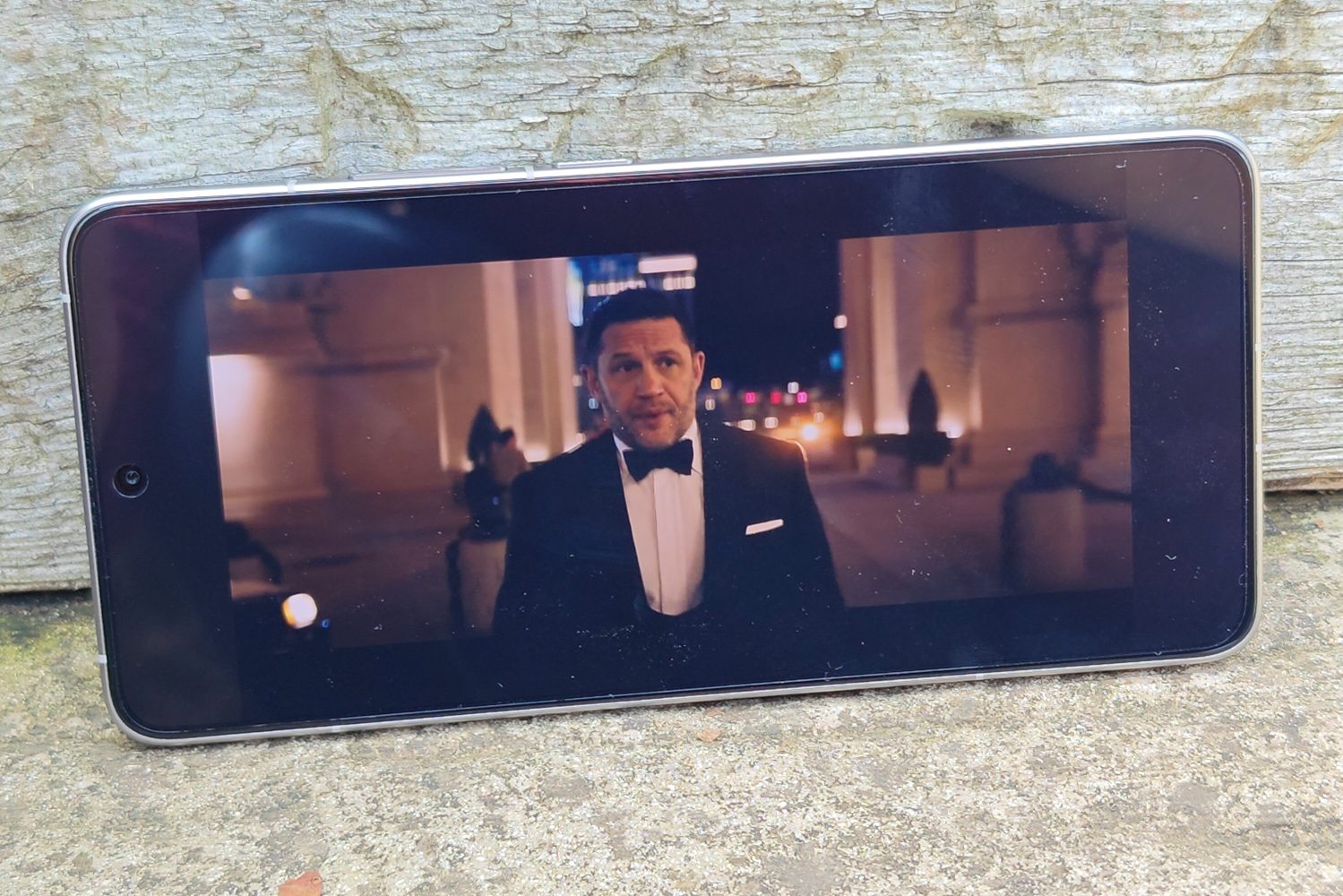
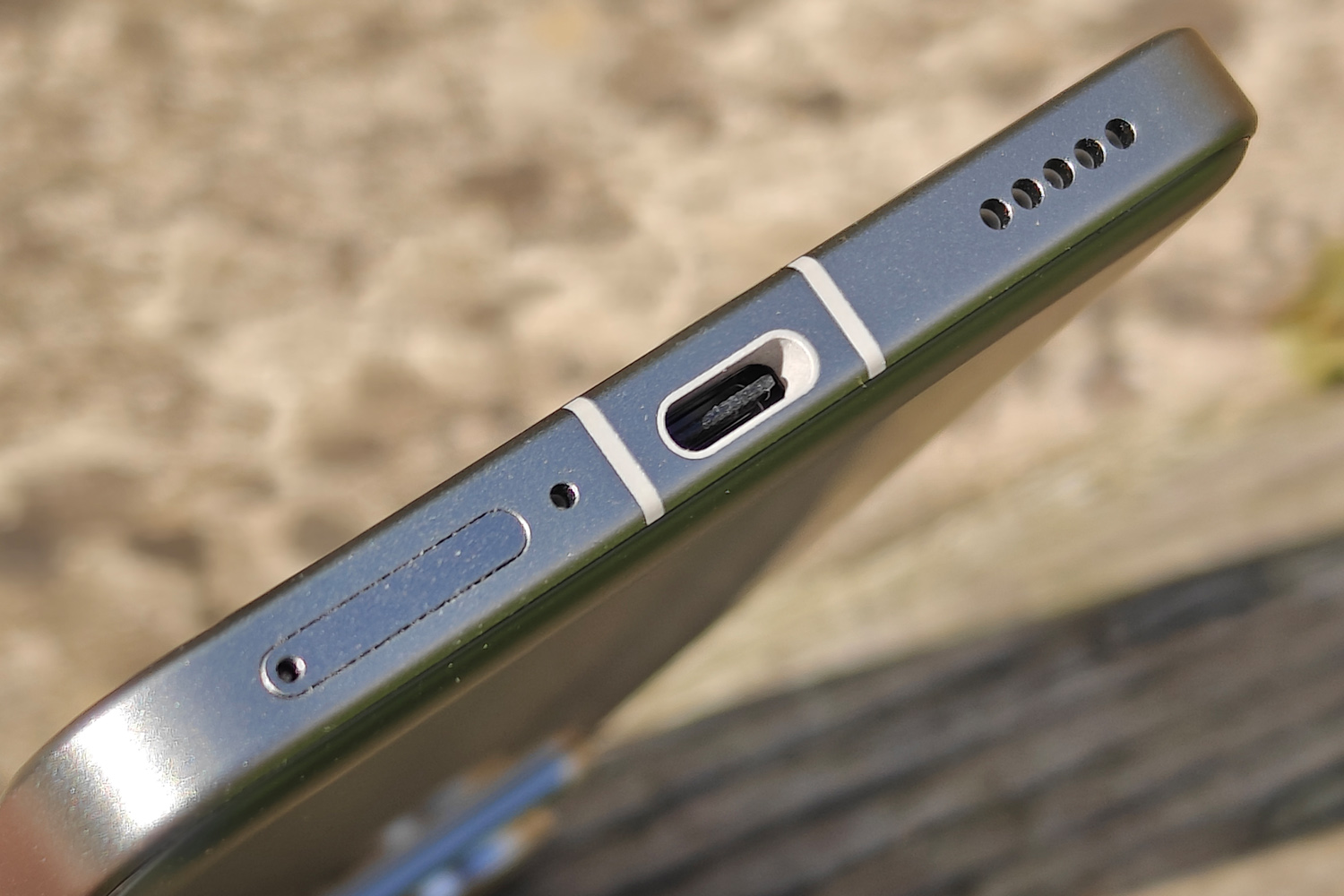
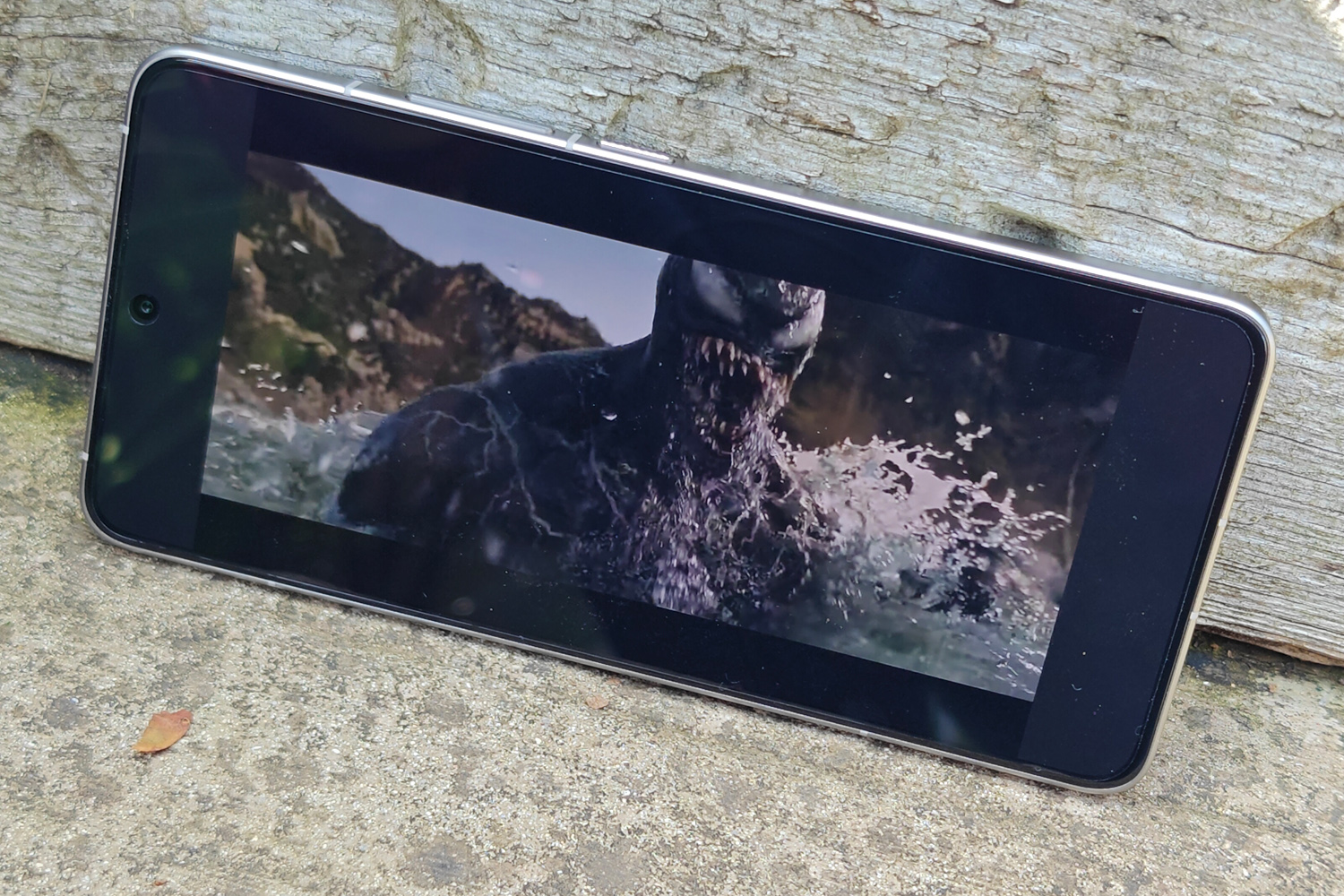
On paper, the Xiaomi 14T Pro’s AMOLED screen isn’t all that different from its predecessor’s. 6.67in panel? Check. A better-than-Full HD resolution? Check. Silky smooth dynamic refresh rate? Check. Gorilla Glass 5 protection and HDR10+ support are also on board, just like they were last year.
None of that is a bad thing, of course. The Xiaomi 13T Pro had a very respectable display, and the newer generation still rubs shoulders with pricier rivals for sharpness, definition, contrast and viewing angles. Colour temperature and vibrancy are both on point, giving images plenty of punch without going OTT, and Xiaomi continues to offer some of the most comprehensive colour gamut controls of any Android phone.
Brightness sees the biggest upgrade, with the screen now maxing out at a retina-searing 4000 nits. OK, so that only applies to a small part of the picture, and only for HDR images – but it means photos shot in Google’s Ultra HDR format really leap off the screen. It’s easily bright enough to stand out when stepping outside, so I had no trouble seeing what was onscreen even on sunny days.
I wasn’t blown away by the previous generation phone’s stereo speakers, and don’t think things have improved much here. The down-firing main driver still shouts louder than the earpiece tweeter, so watching videos in landscape can sound quite unbalanced. It’s not short on volume, but lacking on bass so I would always reach for headphones for anything other than quick YouTube catch-ups.
Cameras: the main event
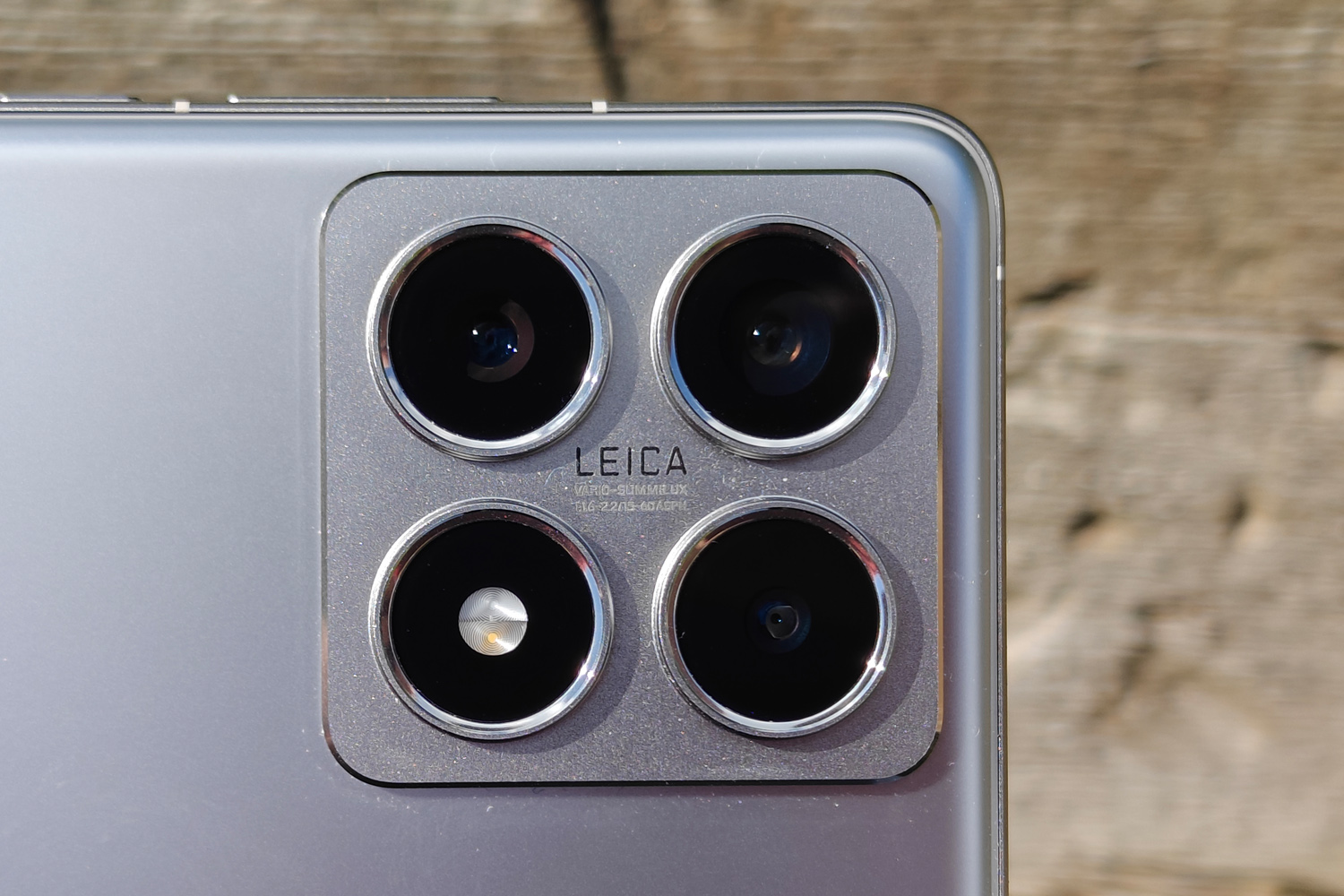
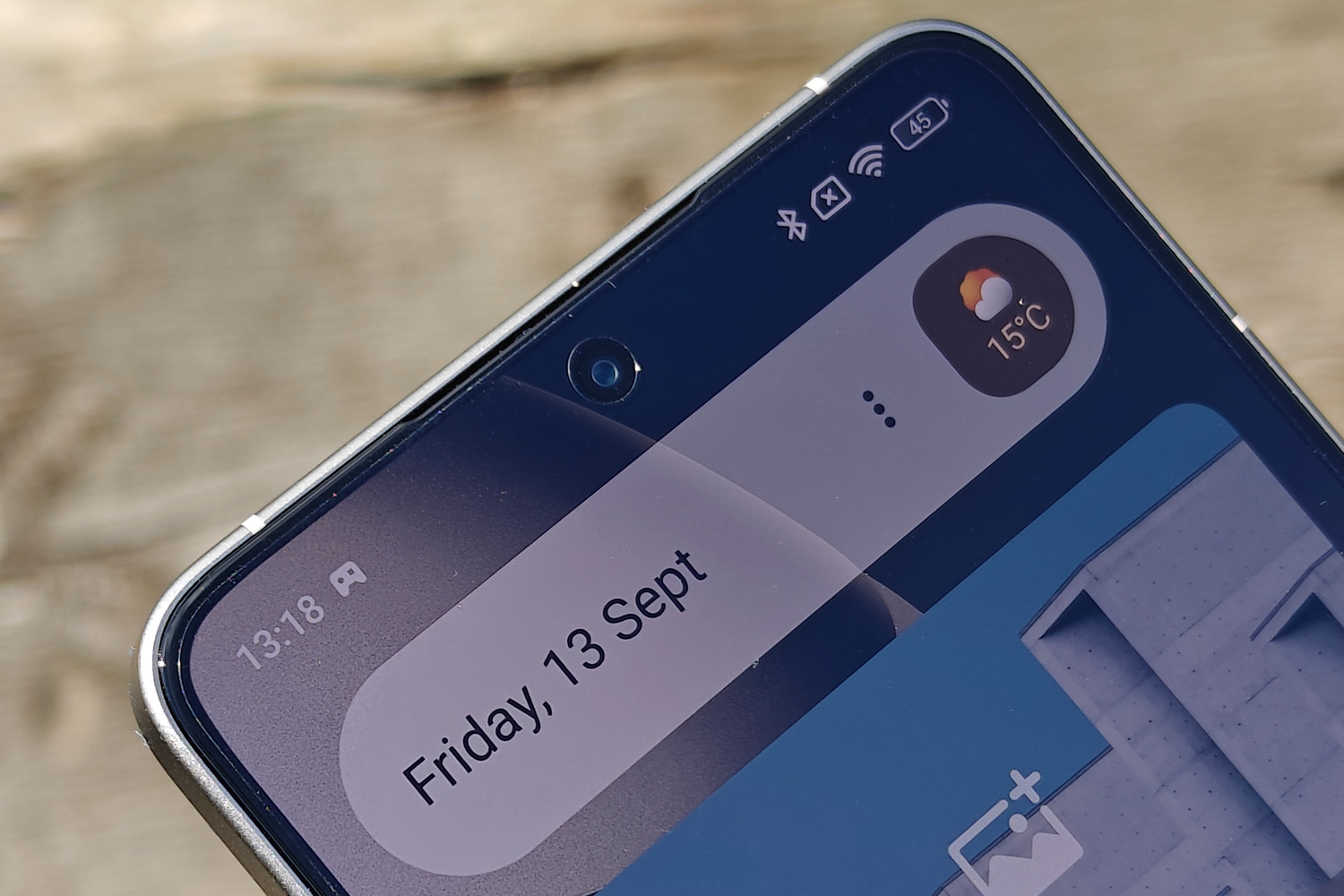
The outgoing 13T Pro brought Leica to Xiaomi’s mid-tier offering for the first time, so a return isn’t a huge surprise – but it’s a welcome one nonetheless. It means you get to pick between Authentic and Vibrant visual styles for each of the three rear lenses, which use a bit of clever sensor cropping to give five different focal lengths. I love the Authentic mode’s stronger contrast and shadow definition, but appreciate the Vibrant mode’s more dynamic colours will please a larger audience.
The main snapper uses the same 50MP Light Fusion 900 sensor as the pricier Xiaomi 14, with an f/1.6 aperture that lets in a lot more light than the 13T Pro’s lead lens. The 50MP telephoto has a slightly tighter aperture this time out, but stronger 2.6x magnification that’s more suited to portrait photos. There aren’t any hardware upgrades of note for the ultrawide camera, but selfie fans will appreciate the larger 32MP pixel count punch-hole cam up front. It also has a wider aperture, which makes a big difference at night.















With no dedicated macro mode and a very narrow field of focus, this isn’t the best phone for close-up shots – though if you get the focus window right it still puts in a good showing, with plenty of convincing bokeh blur. Some of the portrait modes are more telling that they use digital depth effects, especially around loose hair strands, but the more subdued lens effects create very pleasing snaps.


For all other kinds of photos, the Xiaomi 14T Pro puts in a consistently great performance. All three rear lenses have very similar colour and exposure treatments; the ultrawide falls behind on definition but it’s not a night and day difference. Contrast and shadow details are a little boosted, too, although results are still easy on the eye.


Noise is kept in check and while white balance leans slightly warmer than other phones, I still thought my test shots stayed largely true-to-life in Leica Authentic mode, which adds a slight vignette to your snaps.


Sharpening increases as you swap from optical to digital zoom, leaving some shots looking a bit crispier than others, but for daylight shooting I wouldn’t hesitate to use all the focal lengths offered through the camera app. I’m a big fan of how it lets to create multiple custom presets and save them for different shooting scenarios, too.





Night-time shooting still favours the main and telephoto lenses, with the ultrawide having a hard time of maintaining detail without also ramping up image noise. Xiaomi has almost closed the gap between its mid-range offering and higher-priced rivals, with plenty of shadow depth alongside correctly exposed highlights, though sharpening does take a big leap up to maintain that clarity.
Software experience: don’t believe the hype
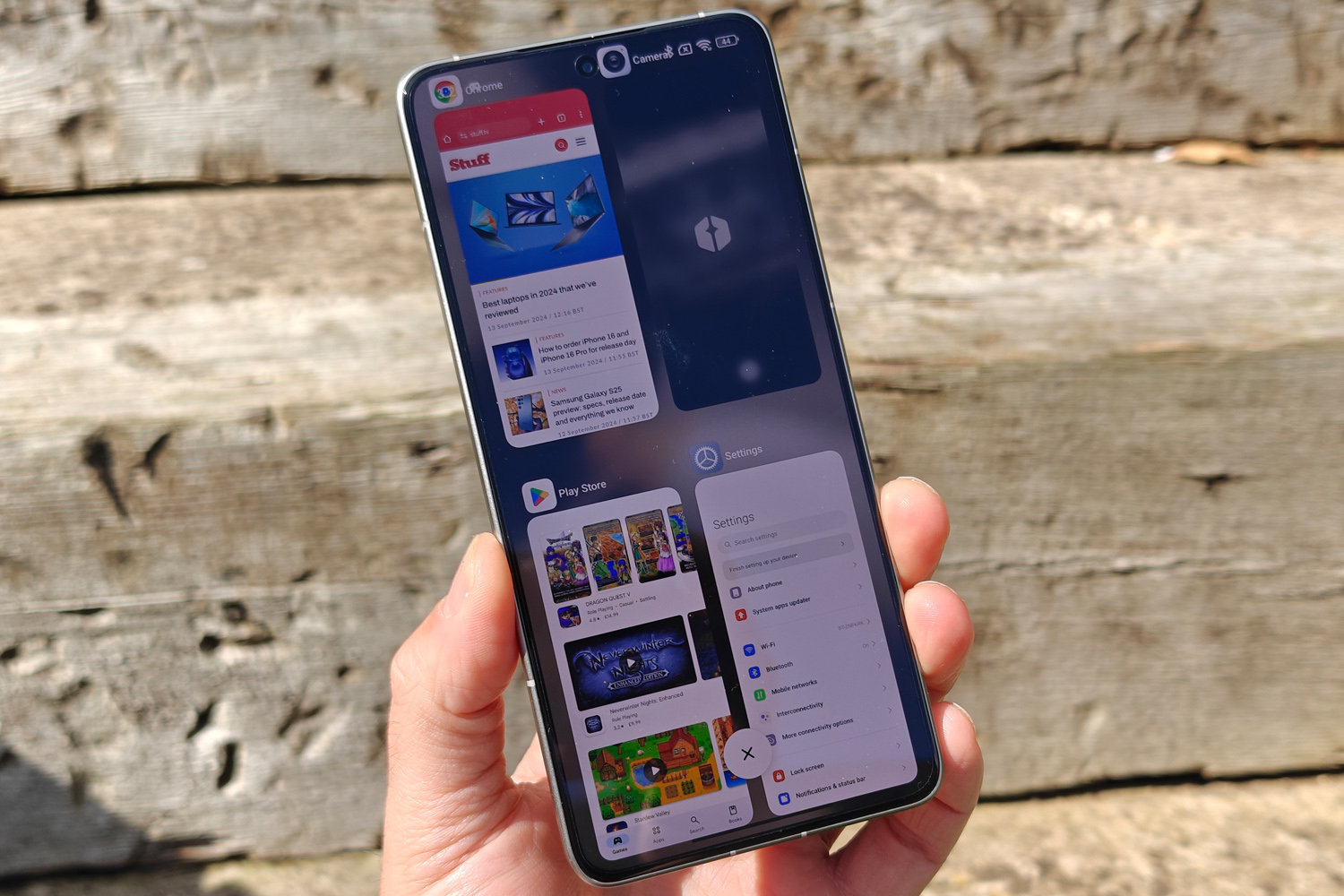
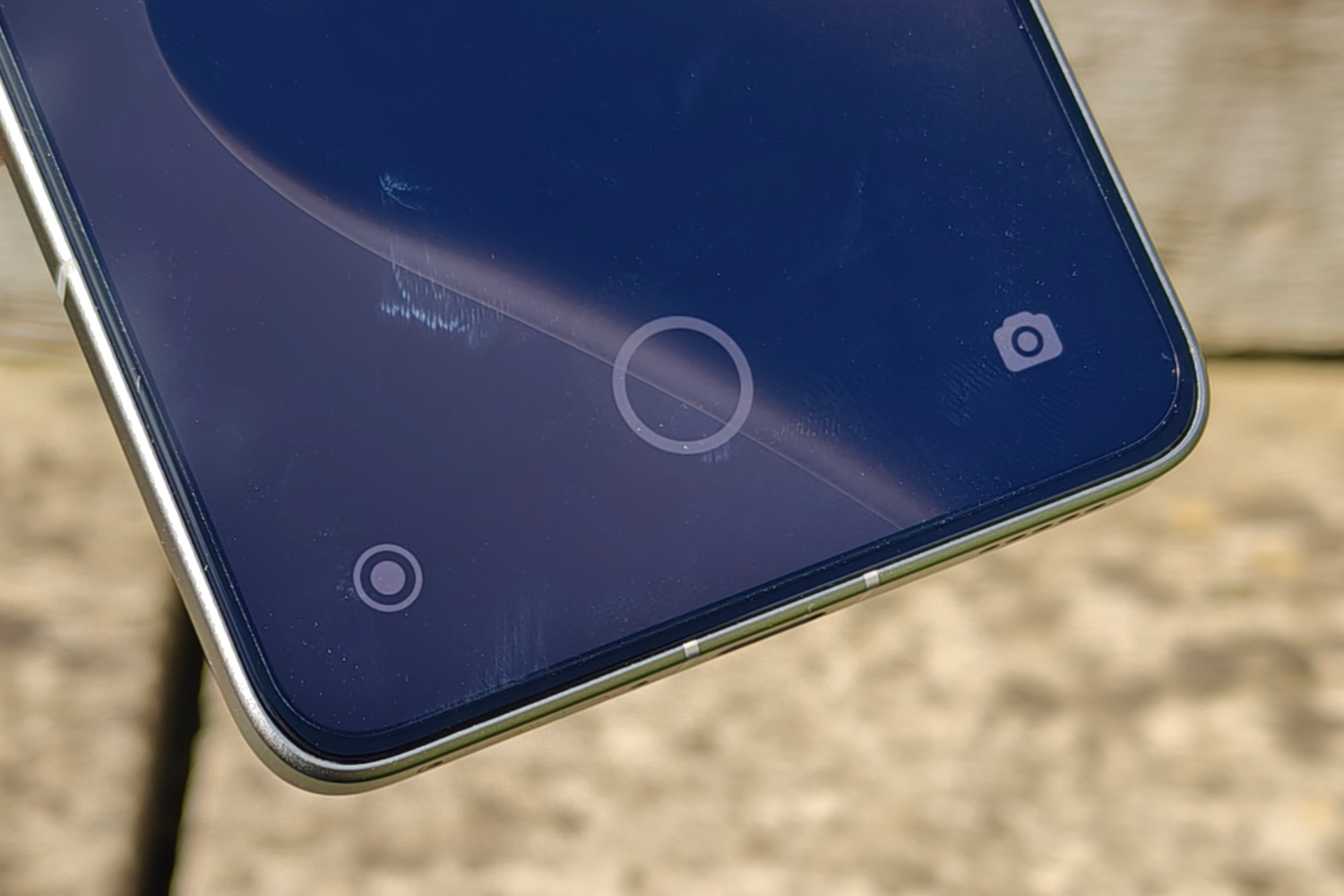
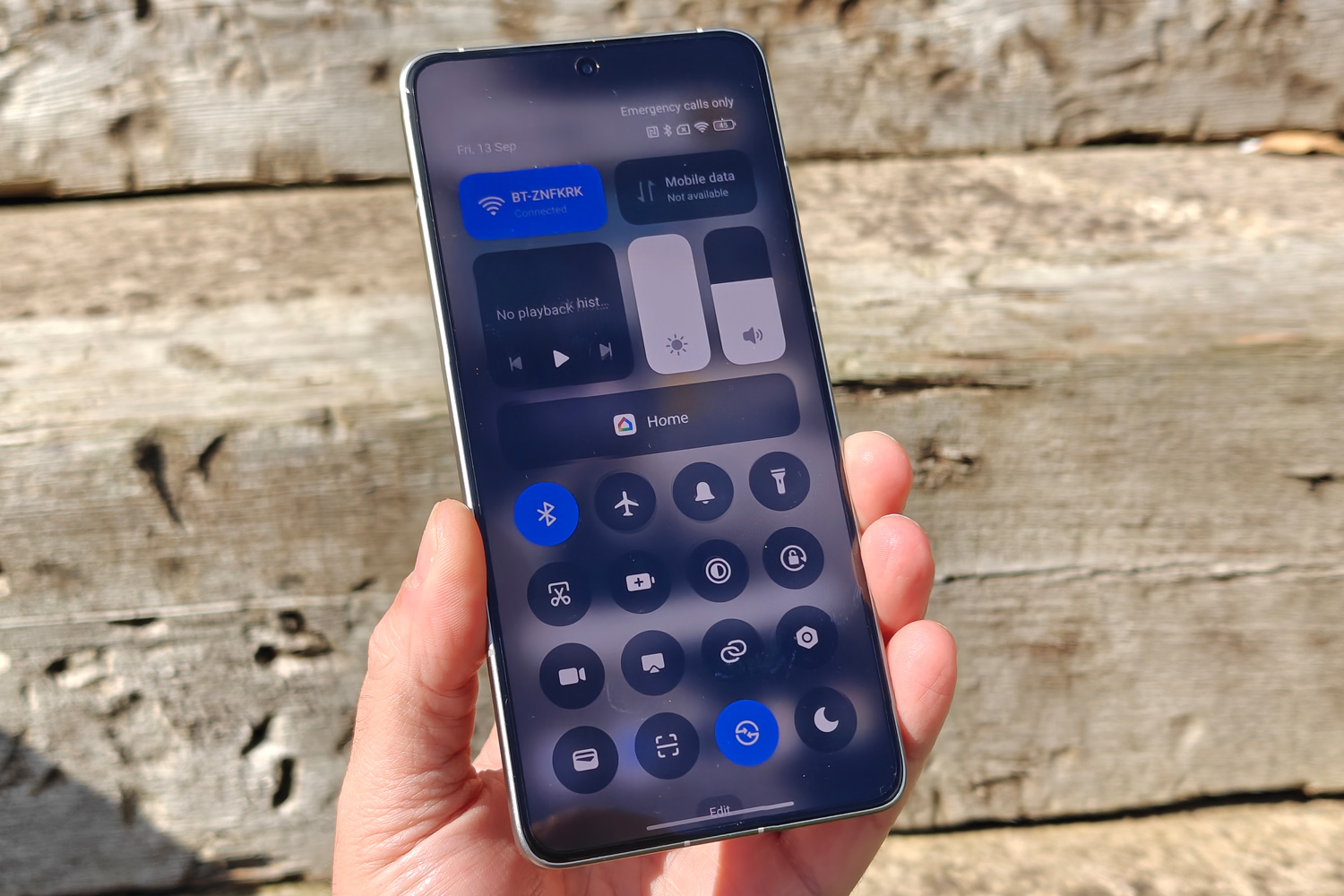
Xiaomi’s HyperOS skin isn’t all that removed from the outgoing MIUI, which itself borrowed more from iOS than vanilla Android. Notifications and quick settings are still split into two pull-down menus; there’s still no app drawer by default; and the squircle-shaped icons still feel a bit Apple-esque.
There’s a bunch of own-brand homescreen widgets to choose from as well as the usual Android defaults, plus a bunch of Xiaomi apps and third-party bloat that really want to replace Google’s own. Does anyone really need three different web browsers? Almost every Xiaomi app wants to sell you something – games, music, homescreen themes – or is stuffed with adverts. I’m not too fussed about Netlix and Amazon shopping being preinstalled (it saved me a trip to the Play Store) but AliExpress and Booking.com were instant deletes. Google Podcasts is also a pretty useless inclusion now Google has discontinued.
Xiaomi hasn’t gone overboard on AI like some brands, but there are still a few features scattered through the OS that use machine learning. Gemini is the default voice assistant now, the voice recorder can transcribe and summarise speech, and generative subtitles are great for accessibility. Circle to search is just a few weeks away.
The gallery app’s AI image editor can generationally expand your tightly cropped snaps, but I’d put it behind Google and Samsung’s versions for convincing results. AI Portrait is a more entertaining addition, training a model on your likeness to make you appear like an astronaut, cowboy or viking with a few text prompts (and some cloud-based processing).
The 14T Pro isn’t the most future-proof phone out there, with Xiaomi committing to four years of Android version updates and five years of security patches. Samsung and Google both promise seven years, which is something to think about if you’re after a handset for the long haul.
Performance & battery life: leading the charge
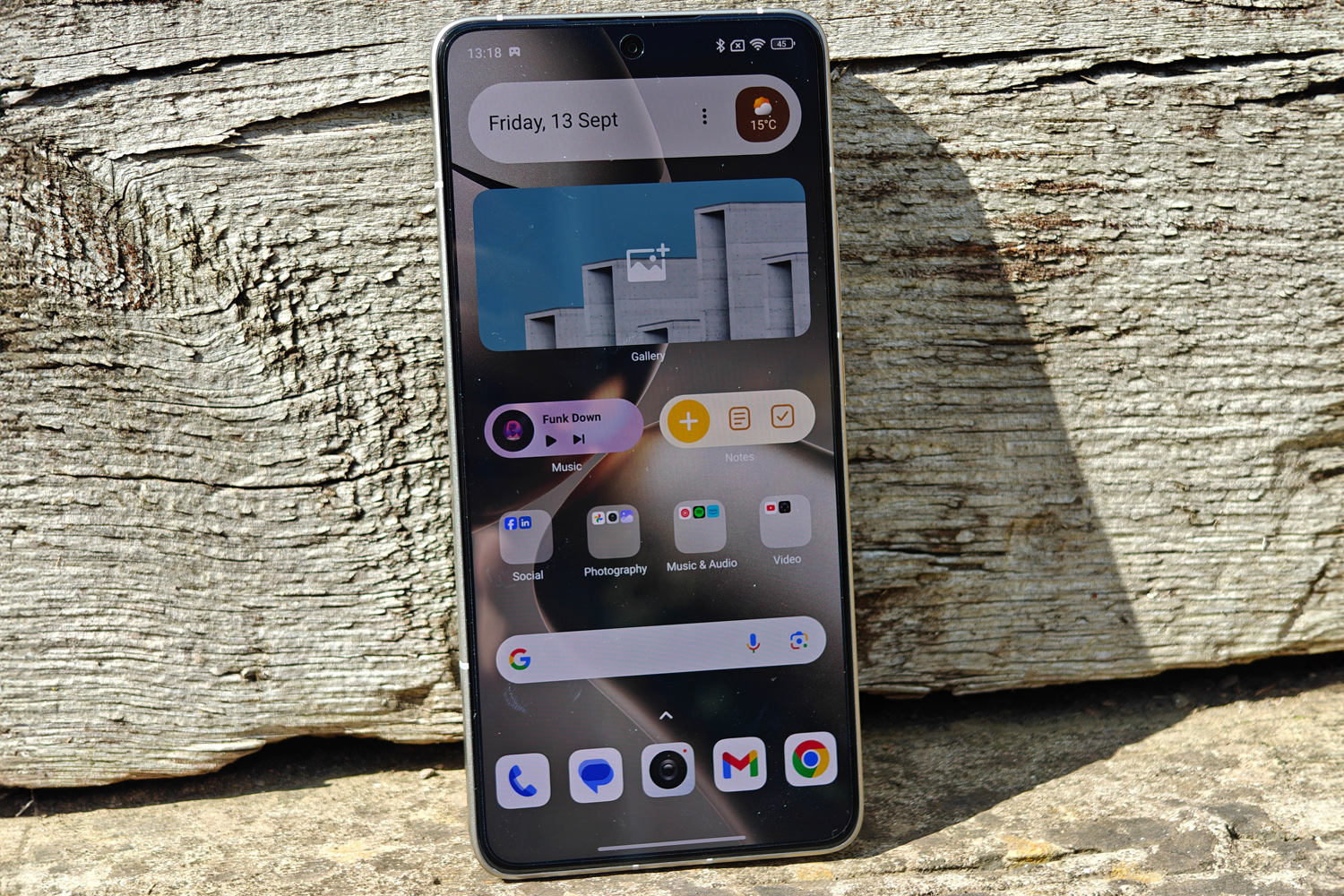
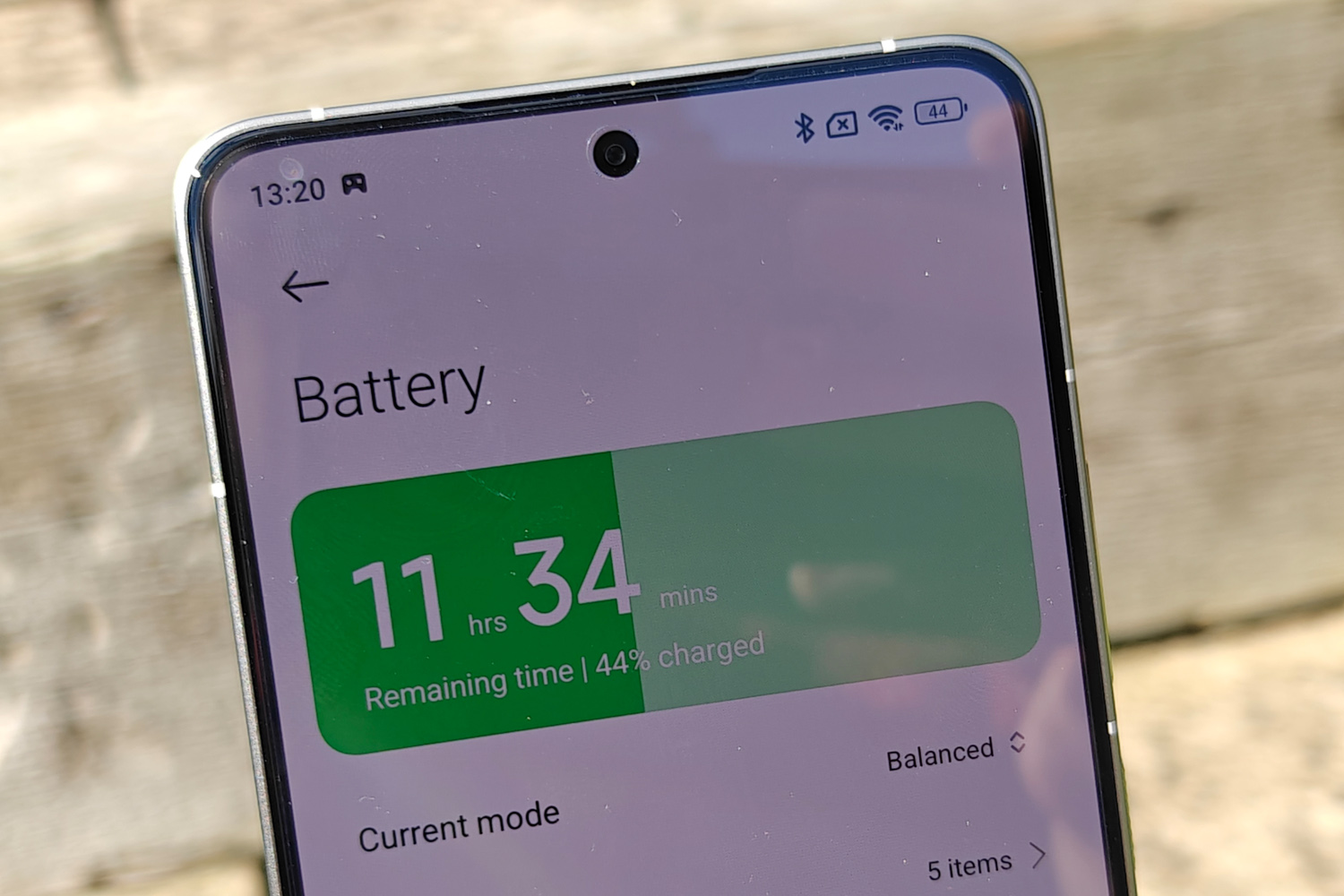
This is the second Xiaomi T-series phone to go with MediaTek silicon instead of Qualcomm. The 14T Pro’s Dimensity 9300+ is every bit the flagship chipset (even if its replacement is due fairly soon) and in certain tests actually outscores the Snapdragon 8 Gen 3, so it’s perfectly able to run Android 14 smoothly. 12GB of RAM helps with multitasking, and games load pretty quickly too.
It’s not a colossal jump forward from the Dimensity 9200, a bit like how Snapdragon 8 Gen 3 brings a 10-15% hike over its previous generation, so the gap between this phone and the outgoing Xiaomi 13T Pro isn’t huge. If you’re upgrading from an older phone, though? Expect wonderfully snappy performance in just about every app. I had no complaints when gaming, either;
MicroSD expansion may be almost entirely extinct now, but the Xiaomi 14T Pro still has you covered if storage is high on your priorities list. As well as 256GB and 512GB versions, there’s also a top-tier model with a colossal 1TB capacity. You’ve usually got to step up to true flagship phones (and their associated high prices) to fit so many files and photos in your pocket.
With a 5000mAh battery and an impressively efficient chipset, the Xiaomi 14T Pro had no problem lasting through entire days of use. On a regular day, where I bounced between Wi-Fi and 5G connections, took photos, played a few games and streamed an hour or two of videos, I headed to bed with 30% or more remaining. It’s not much of a struggle to eke a full two days between top-ups, which is a great showing for a phone with such potency.
It’s great to see Xiaomi bring back the rapid wired charging seen on the 13T Pro, and even better that this new phone can manage wireless refuelling at a heady 50W if you have a beefy enough wireless pad. On the other hand, you don’t get a power brick in the box now. With a compatible charger I saw a complete recharge in just over 30 minutes.
Xiaomi 14T Pro verdict
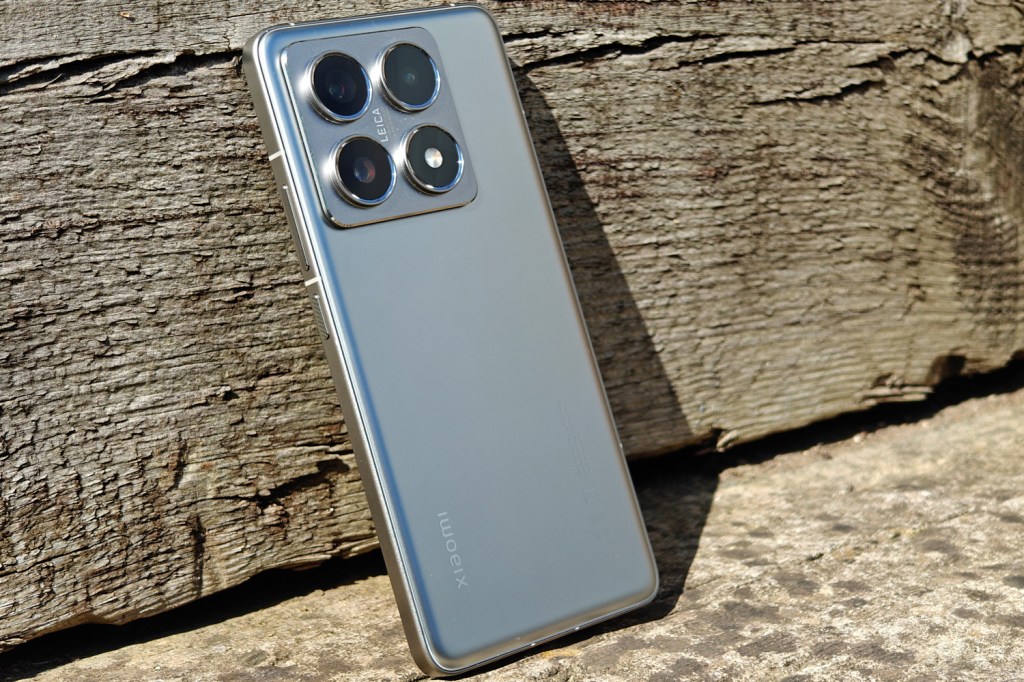
There’s not really a box the Xiaomi 14T Pro doesn’t tick for the money. It’s plenty powerful, can easily last all day, charges ridiculously quickly, and has a very tidy display. You’re also spoilt for storage options, with a massive 1TB available if you don’t mind spending a little extra; that’s something you won’t get from many mid-range rivals.
I’m a big fan of Xiaomi’s Leica-led image processing, and while overall quality isn’t quite on par with the more expensive alternatives, this is still a very convincing camera phone. It doesn’t feel like an especially big leap forward from the outgoing 13T Pro, although top marks to Xiaomi from making the switch from a polycarbonate frame to a metal one. The 14T Pro doesn’t feel out of its depth against pricier rivals as a result.
It may not have especially stand-out styling, either – but if you want a phone that feels great to hold and performs like a flagship, yet doesn’t cost nearly as much? There aren’t many alternatives.
Stuff Says…
This powerful sub-flagship takes excellent photos for the money. The Xiaomi 14T Pro lacks the wow factor of some rivals, but doesn’t skimp on storage and has a long-lasting battery.
Pros
Capable main and zoom cameras with likeable Leica colours
Premium build and high-end OLED display
Great battery life and speedy charging
Cons
Design a little generic
low-light imaging not quite as impressive
Xiaomi 14T Pro technical specifications
| Screen | 6.67in, 2712×1220 OLED w/ 144Hz |
| CPU | MediaTek Dimensity 9300+ |
| Memory | 12GB RAM |
| Cameras | 50MP + 50MP + 12MP rear, 32MP front |
| Storage | 256GB/512GB/1TB |
| Operating system | Android 14 w/ HyperOS |
| Battery | 5000mAh w/ 120W wired, 50W wireless charging |
| Dimensions | 160x75x8.39mm, 209g |



